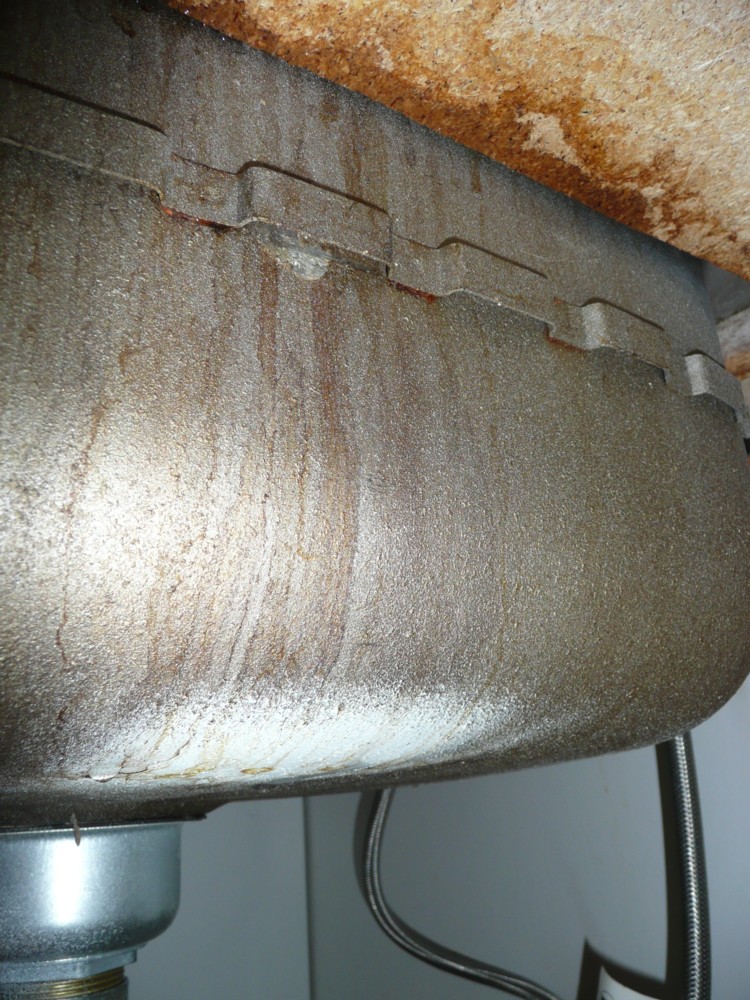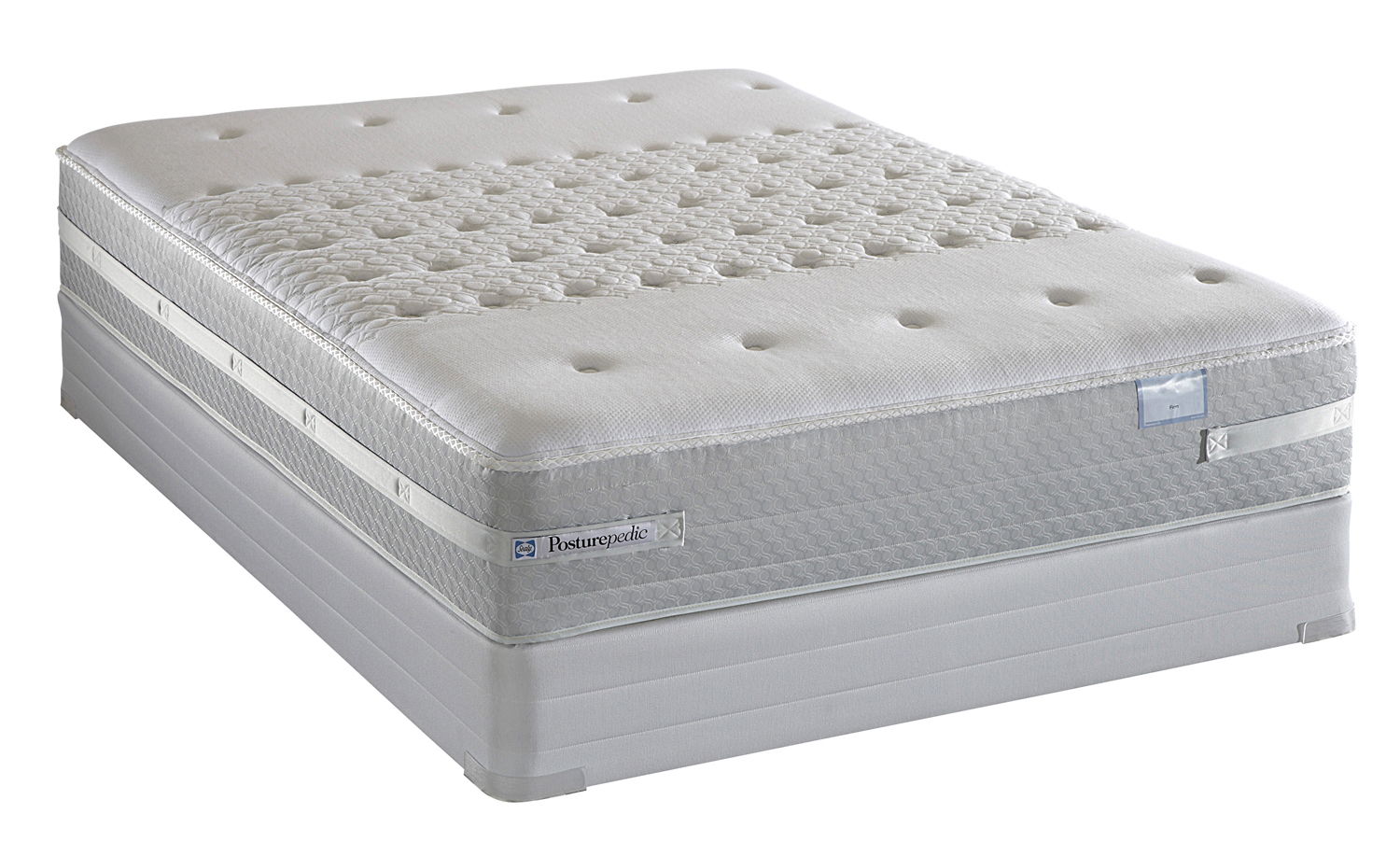How to Fix a Leaky Kitchen Sink
If you've noticed a pool of water forming under your kitchen sink, you probably have a plumbing leak. This can be a frustrating and potentially costly issue, but with the right knowledge and tools, you can fix it yourself. Here's a step-by-step guide on how to fix a leaky kitchen sink.
How to Repair a Leaking Kitchen Sink Drain
The most common cause of a leak under your kitchen sink is a faulty drain. Over time, the drain can become loose or corroded, causing water to leak out. To fix this, start by turning off the water supply to your sink. Then, unscrew the drain pipe and check for any cracks or damage. If the drain is damaged, you will need to replace it. If it's just loose, tighten it back into place and test for leaks.
Common Causes of Kitchen Sink Leaks
Aside from a faulty drain, there are several other common causes of kitchen sink leaks. These include a cracked or damaged pipe, a loose connection, or a worn out seal. It's important to identify the cause of the leak before attempting to fix it, as this will determine the best course of action.
DIY Solutions for a Leaking Kitchen Sink
If the leak is minor and caused by a loose connection or worn out seal, you may be able to fix it yourself. Start by tightening any loose connections and replacing any worn out seals. You can also use plumber's tape to seal any small cracks or holes in the pipe. However, if the leak is more significant, it's best to call a professional plumber.
Signs of a Plumbing Leak Under Your Kitchen Sink
Aside from a visible pool of water, there are other signs that you may have a plumbing leak under your kitchen sink. These include a musty odor, mold or mildew growth, and a decrease in water pressure. If you notice any of these signs, it's important to address the issue as soon as possible to prevent further damage.
How to Detect and Fix a Leaking Kitchen Sink Pipe
If you suspect that the leak is coming from a pipe, you will need to do some detective work. Start by checking all the visible pipes for any cracks or damage. If you can't find the source of the leak, you may need to remove the sink cabinet to get a better look. Once you've identified the problem, you can use plumber's epoxy or replace the damaged section of pipe.
Preventing Kitchen Sink Leaks: Maintenance Tips
The best way to avoid dealing with a leaking kitchen sink is to prevent it from happening in the first place. This can be done through regular maintenance and inspection. Check for any signs of wear and tear on your pipes and replace them if necessary. You should also check the connections and seals on a regular basis to ensure they are tight and in good condition.
When to Call a Professional for a Kitchen Sink Leak
In some cases, a kitchen sink leak requires the expertise of a professional plumber. This is especially true if the leak is significant or if you are unable to identify the source of the problem. A professional plumber will have the tools and knowledge to fix the issue safely and effectively.
Replacing a Kitchen Sink Drain: Step-by-Step Guide
If your kitchen sink drain is beyond repair, you may need to replace it entirely. This may seem like a daunting task, but with the right tools and instructions, it can be done. Start by turning off the water supply and removing the old drain. Then, follow the manufacturer's instructions to install the new drain and test for leaks.
How to Seal a Leaking Kitchen Sink
Once you've fixed the source of the leak, it's important to properly seal the area to prevent any future leaks. Use a waterproof sealant or plumber's putty to seal around the edges of the sink and along any connections. This will ensure a tight, leak-free seal.
In conclusion, dealing with a leaking kitchen sink can be a hassle, but it's not impossible to fix. By following these tips and properly maintaining your sink, you can prevent and address leaks effectively. However, if you are unsure or unable to fix the issue yourself, don't hesitate to call a professional for assistance.
The Importance of Fixing a Plumbing Leak Under Your Kitchen Sink
How a Small Leak Can Cause Big Problems
 When it comes to house design, the kitchen is often considered the heart of the home. It's where we gather to cook, eat, and spend time with our loved ones. However, this high-traffic area is also prone to wear and tear, including plumbing leaks.
A plumbing leak under your kitchen sink may seem like a minor issue, but it can actually cause major problems if left unaddressed.
When it comes to house design, the kitchen is often considered the heart of the home. It's where we gather to cook, eat, and spend time with our loved ones. However, this high-traffic area is also prone to wear and tear, including plumbing leaks.
A plumbing leak under your kitchen sink may seem like a minor issue, but it can actually cause major problems if left unaddressed.
Water Damage
/how-to-install-a-sink-drain-2718789-hero-24e898006ed94c9593a2a268b57989a3.jpg) The most obvious consequence of a plumbing leak is water damage. Even a small drip can lead to mold growth, rotting wood, and damage to your cabinets and flooring. If you notice any discoloration or warping around your sink, it's important to investigate the cause and fix it immediately.
Ignoring a plumbing leak can result in costly repairs and compromise the structural integrity of your kitchen.
The most obvious consequence of a plumbing leak is water damage. Even a small drip can lead to mold growth, rotting wood, and damage to your cabinets and flooring. If you notice any discoloration or warping around your sink, it's important to investigate the cause and fix it immediately.
Ignoring a plumbing leak can result in costly repairs and compromise the structural integrity of your kitchen.
Increased Water Bills
 Aside from causing physical damage, a plumbing leak can also affect your finances.
A constantly leaking faucet or pipe can significantly increase your water bill, wasting hundreds of gallons of water per year.
This not only impacts your budget, but it's also wasteful for the environment.
By fixing a plumbing leak, you can save money and contribute to conserving our natural resources.
Aside from causing physical damage, a plumbing leak can also affect your finances.
A constantly leaking faucet or pipe can significantly increase your water bill, wasting hundreds of gallons of water per year.
This not only impacts your budget, but it's also wasteful for the environment.
By fixing a plumbing leak, you can save money and contribute to conserving our natural resources.
Health Hazards
 A plumbing leak can also pose health hazards to you and your family.
Standing water can become a breeding ground for bacteria and mold, which can lead to respiratory issues and other health problems.
This is especially concerning in the kitchen, where we prepare and consume food.
By quickly addressing a plumbing leak, you can ensure a safe and healthy environment for you and your loved ones.
A plumbing leak can also pose health hazards to you and your family.
Standing water can become a breeding ground for bacteria and mold, which can lead to respiratory issues and other health problems.
This is especially concerning in the kitchen, where we prepare and consume food.
By quickly addressing a plumbing leak, you can ensure a safe and healthy environment for you and your loved ones.
Preventing Further Damage
 Fixing a plumbing leak under your kitchen sink is not only important for immediate concerns, but it also helps prevent further damage in the future.
A small leak can quickly turn into a larger one, causing more extensive damage to your kitchen and potentially affecting other areas of your home.
By addressing the issue promptly, you can save yourself from costly repairs down the line.
In conclusion, a plumbing leak under your kitchen sink may seem like a minor inconvenience, but it can have serious consequences if left unaddressed.
By taking care of the issue promptly, you can prevent water damage, save money, and ensure a safe and healthy home for you and your family.
Don't hesitate to call a professional plumber if you suspect a leak in your kitchen.
A little prevention now can save you from bigger problems in the future.
Fixing a plumbing leak under your kitchen sink is not only important for immediate concerns, but it also helps prevent further damage in the future.
A small leak can quickly turn into a larger one, causing more extensive damage to your kitchen and potentially affecting other areas of your home.
By addressing the issue promptly, you can save yourself from costly repairs down the line.
In conclusion, a plumbing leak under your kitchen sink may seem like a minor inconvenience, but it can have serious consequences if left unaddressed.
By taking care of the issue promptly, you can prevent water damage, save money, and ensure a safe and healthy home for you and your family.
Don't hesitate to call a professional plumber if you suspect a leak in your kitchen.
A little prevention now can save you from bigger problems in the future.


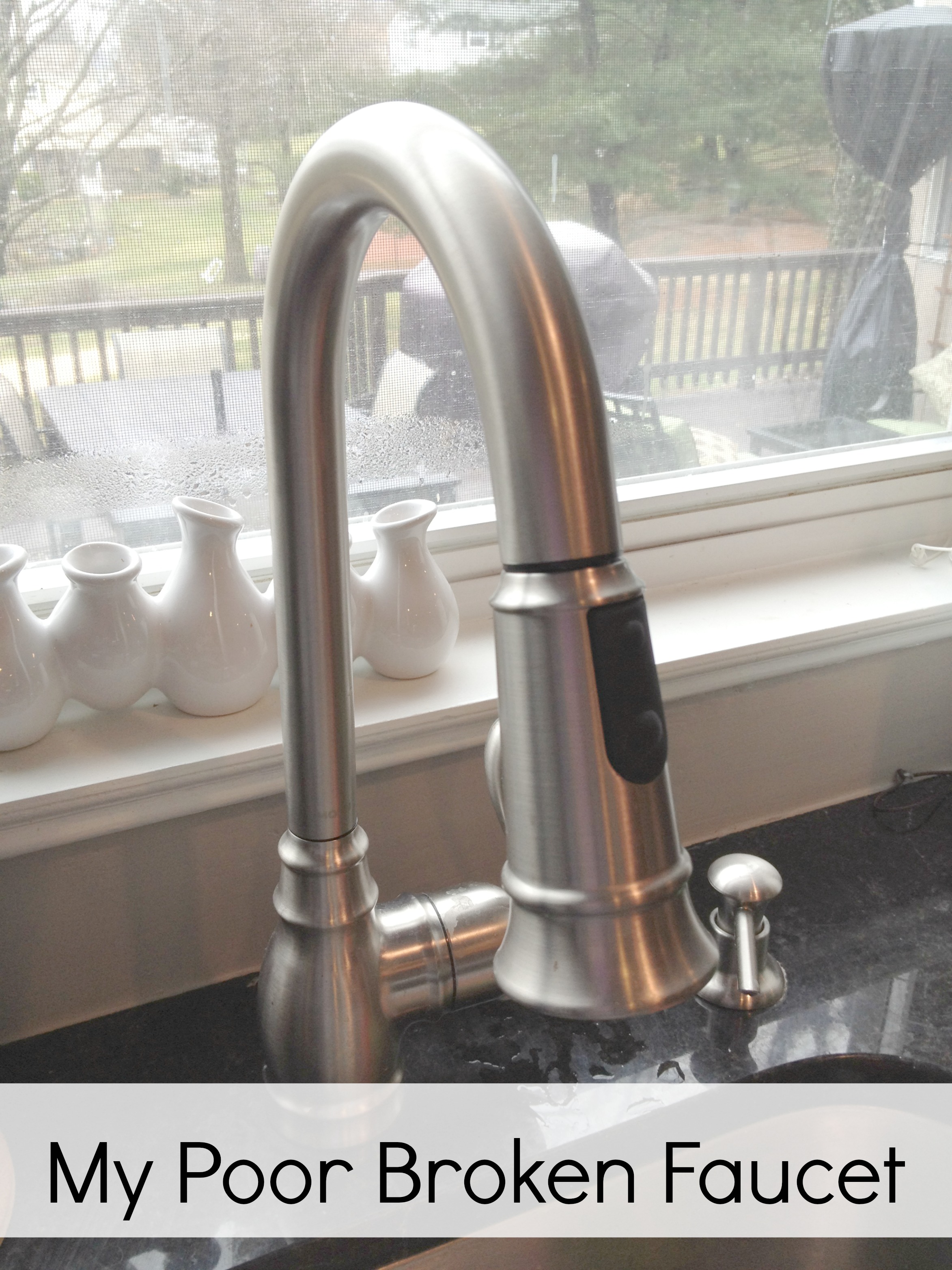











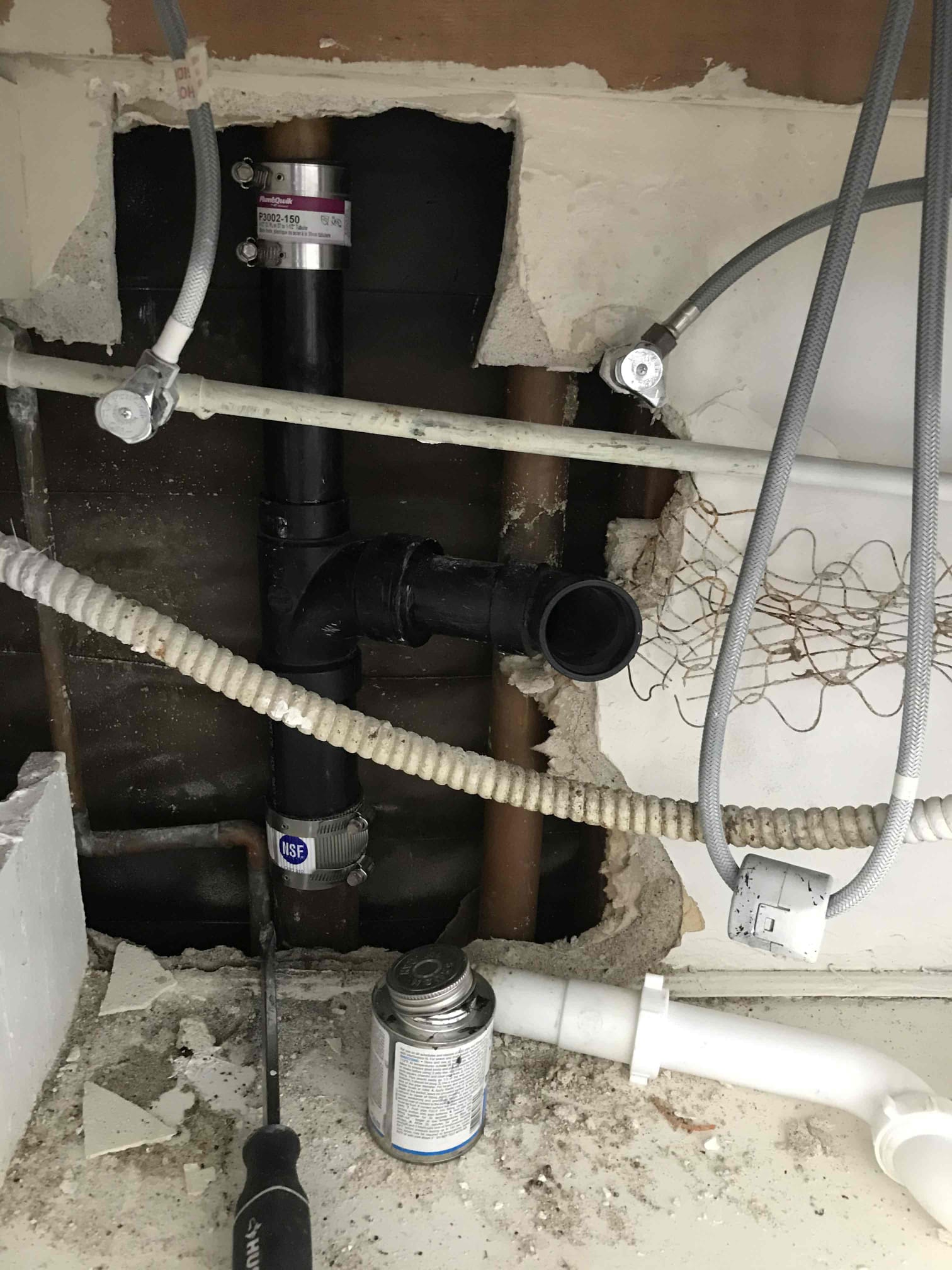









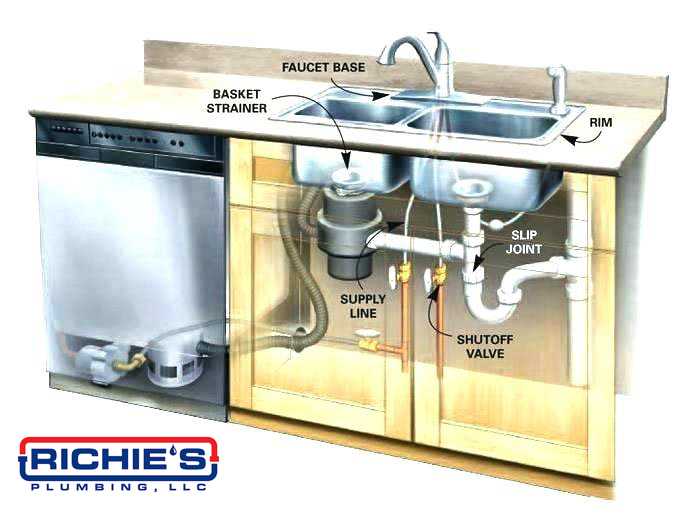
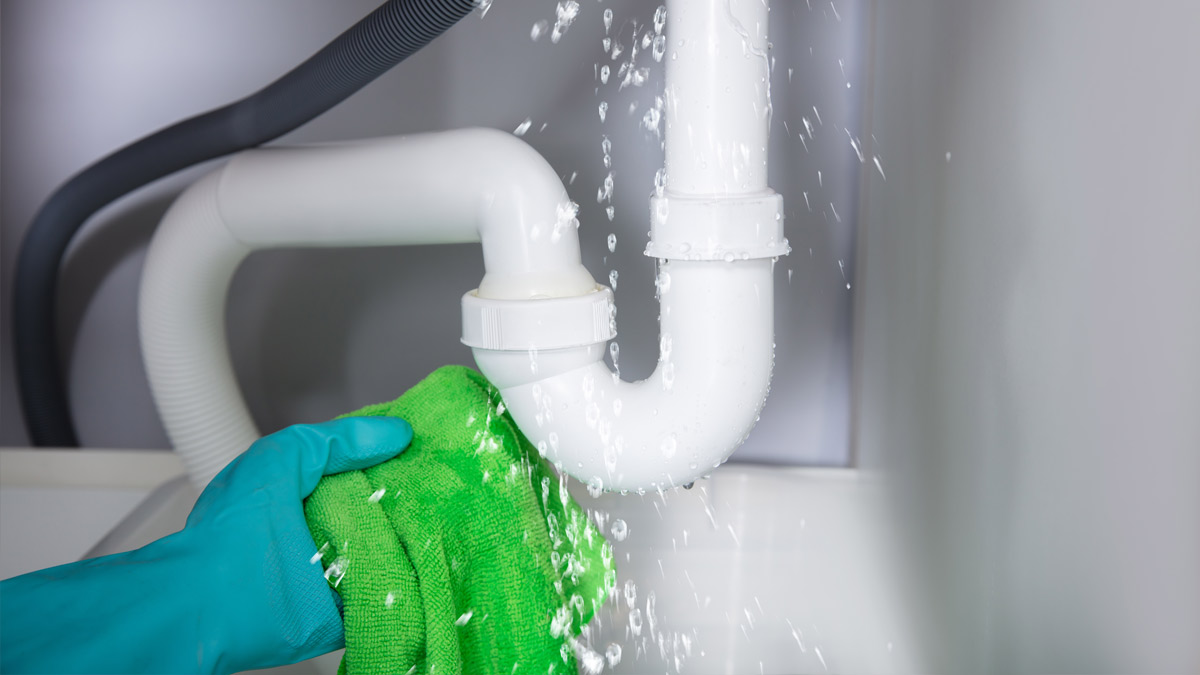
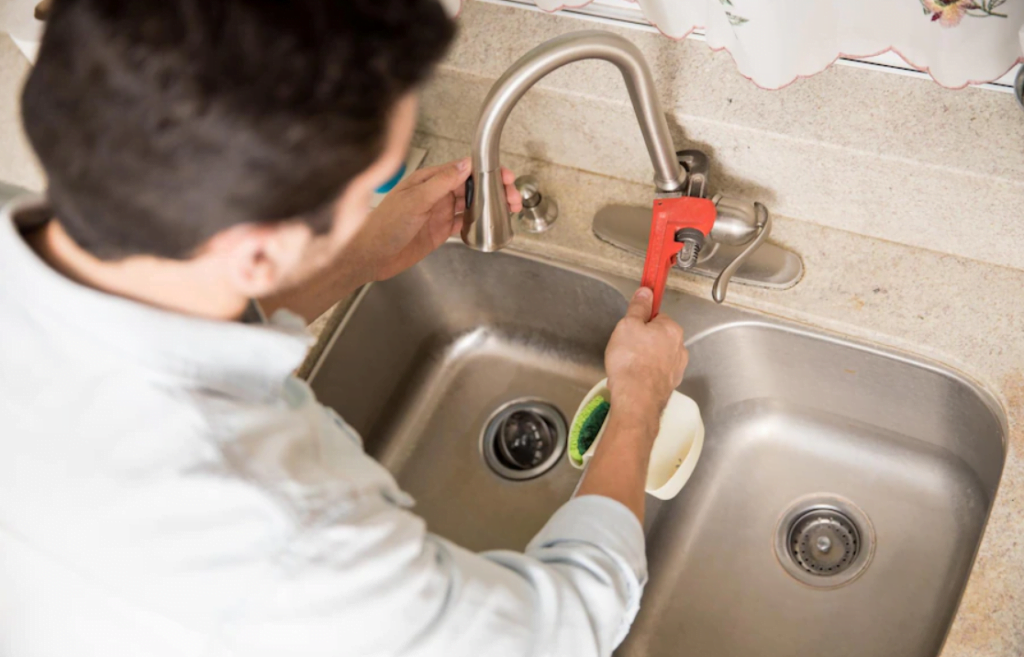



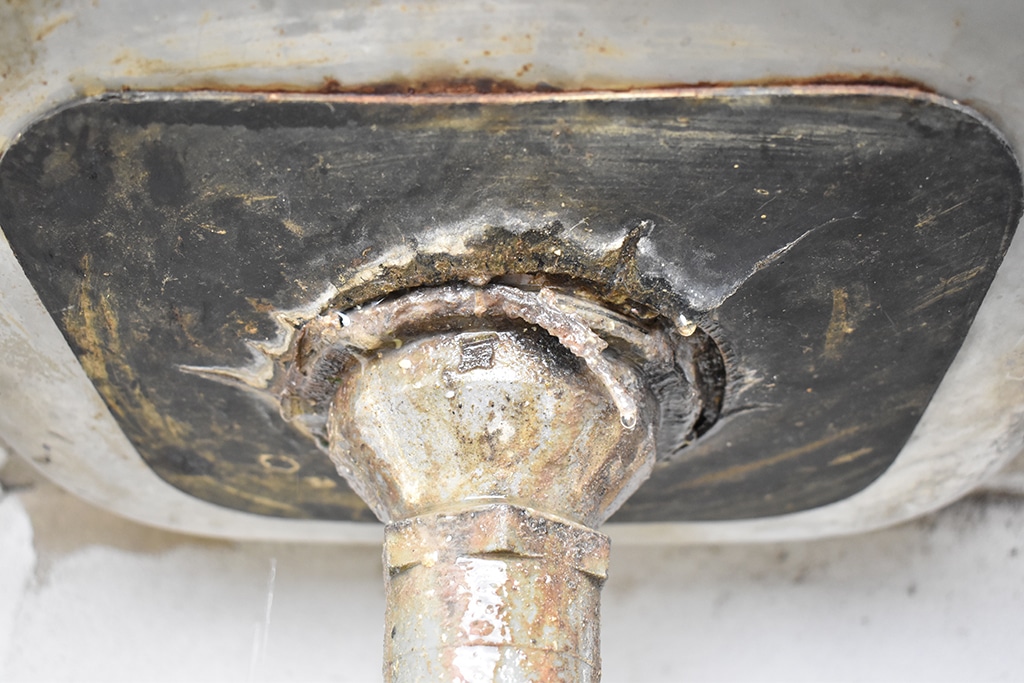


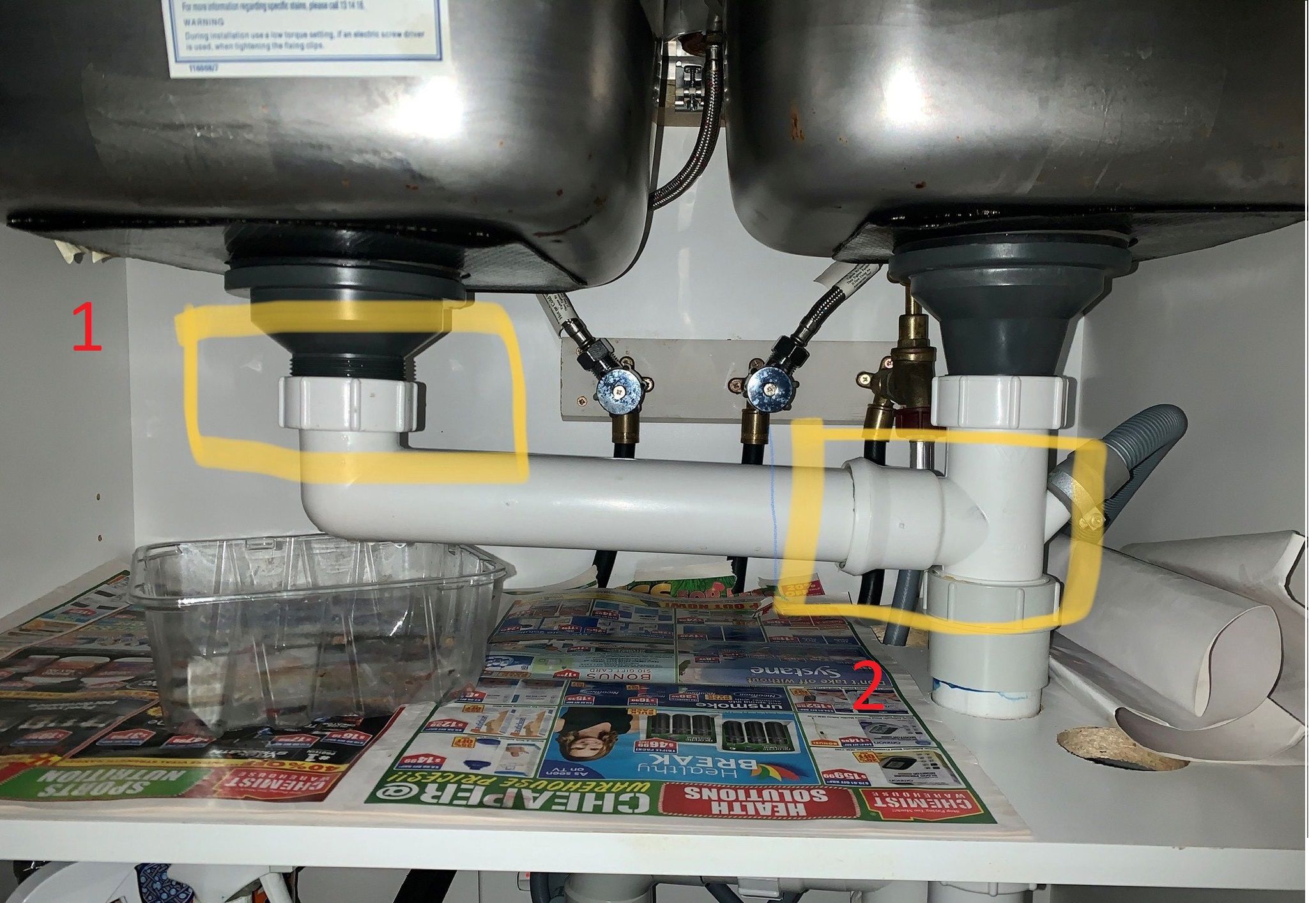




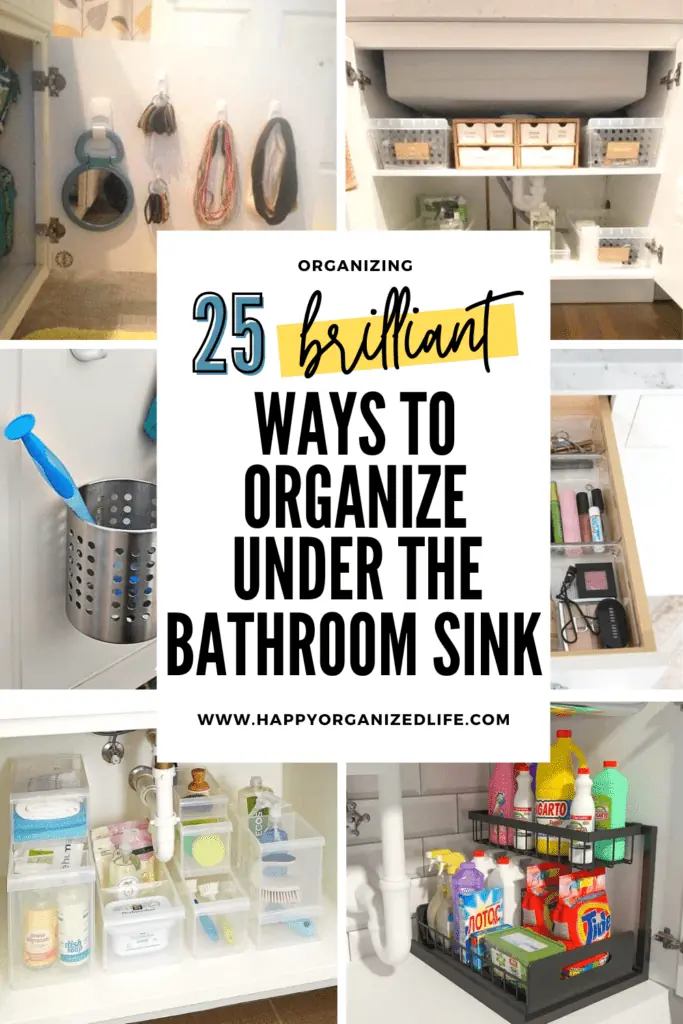

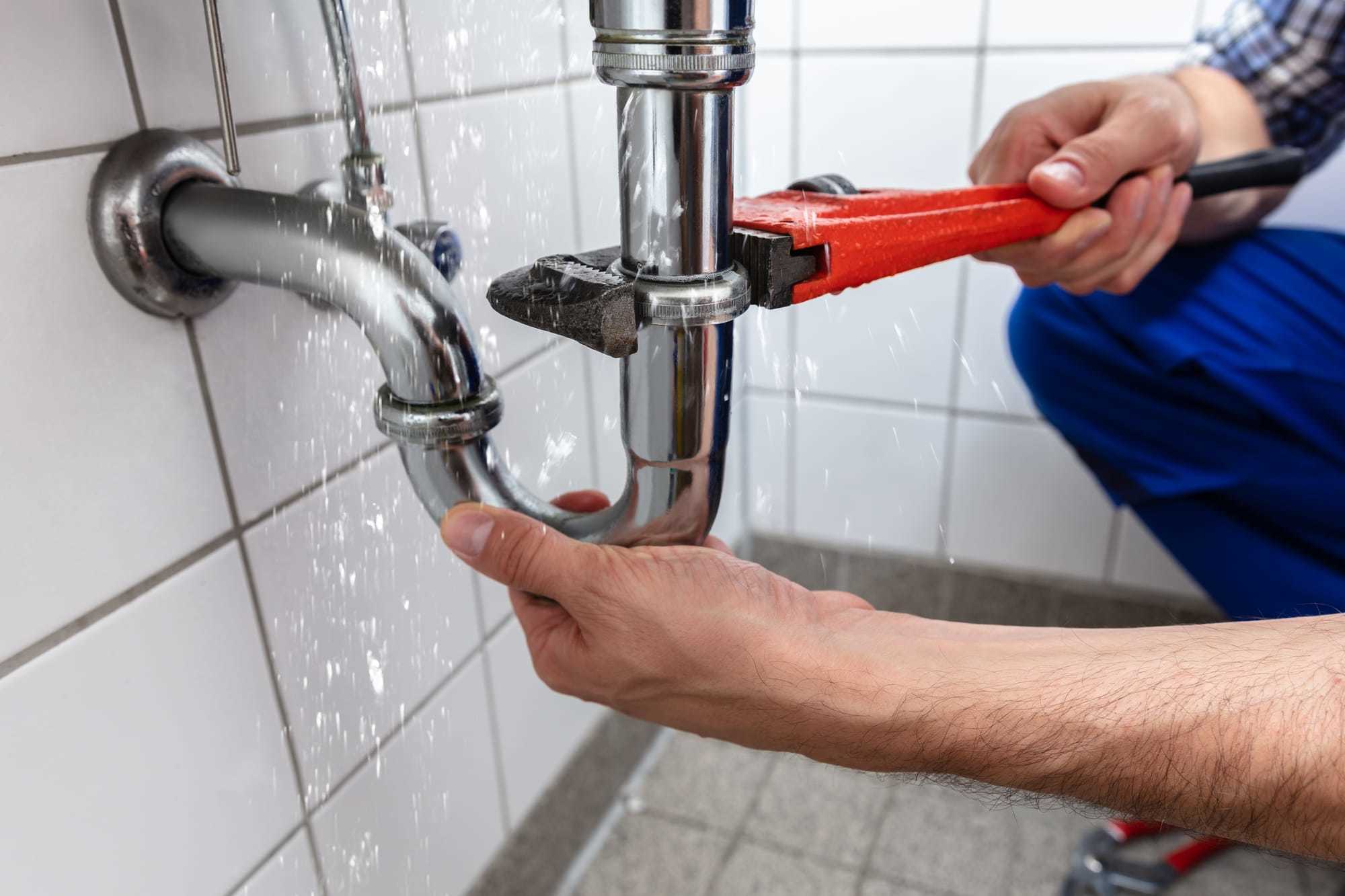












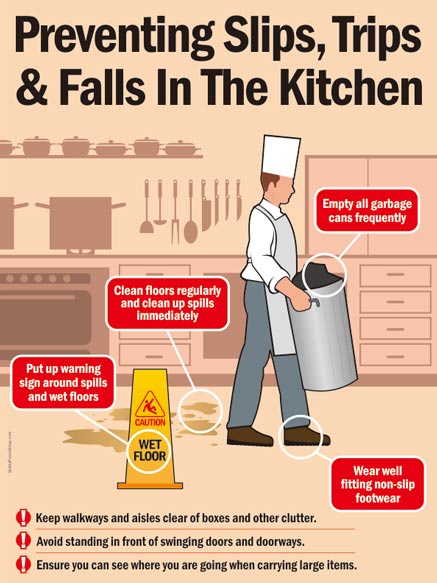




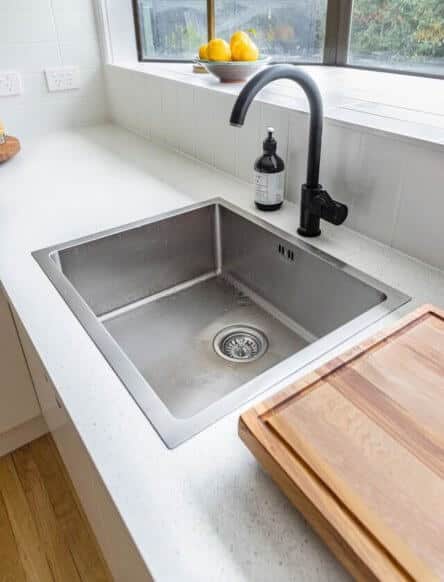


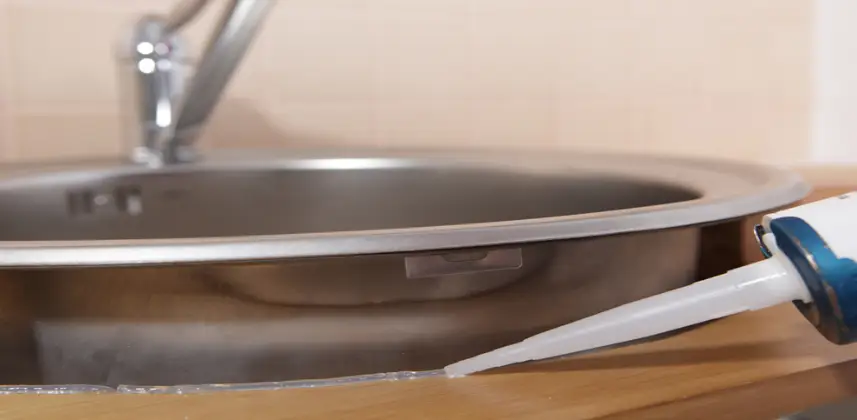











/how-to-install-a-sink-drain-2718789-hero-b5b99f72b5a24bb2ae8364e60539cece.jpg)




